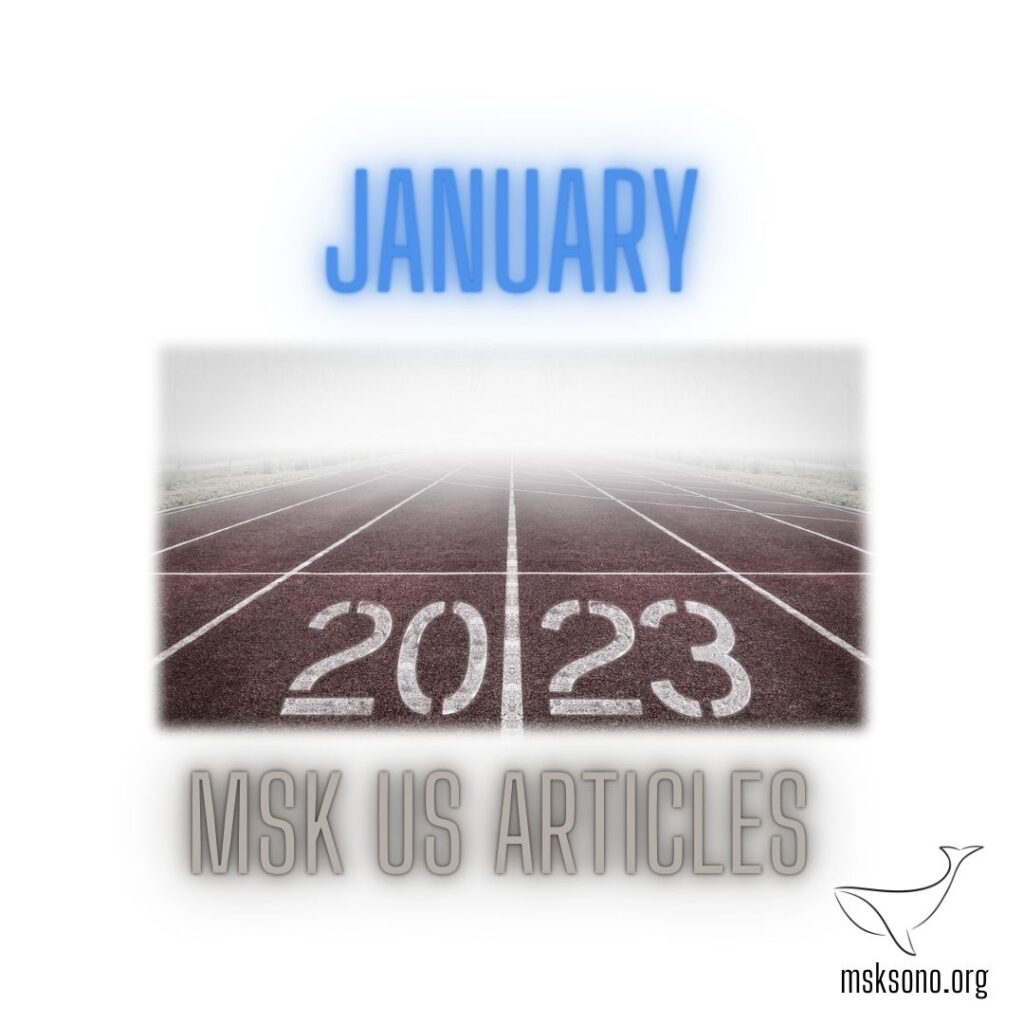
Reviewing published articles on musculoskeletal ultrasound can keep you updated on the latest research and developments, identify areas for future research, and broaden your knowledge and understanding of the field. This can be helpful for clinical practice and continuing education.
Here are some of the most interesting articles in January 2023.
1. Application of deep learning algorithms in automatic sonographic localization and segmentation of the median nerve: A systematic review and meta-analysis
https://doi.org/10.1016/j.artmed.2023.102496
A systematic review and meta-analysis found that deep learning algorithms can accurately and precisely assess the median nerve at the carpal tunnel level in ultrasound images for diagnosing carpal tunnel syndrome. Further research is needed to validate the performance of these algorithms for the entire length of the nerve and with ultrasound images from different manufacturers.
2. An Update on Clinical Utility of Musculoskeletal Ultrasonography in Knee Osteoarthritis
https://doi.org/10.1002/jum.16176
Accurately evaluating the extent of knee osteoarthritis (KOA) is crucial in order for orthopedic surgeons to choose the best treatment options and measure the effects of these treatments. Musculoskeletal ultrasonography (MSUS) has been found to be a useful tool in detecting abnormalities in KOA such as inflammation, bony growths, and cartilage damage. Additionally, MSUS can monitor the response to different therapies and assist in determining the necessary diagnostic and treatment procedures. As ultrasonic technology continues to improve, MSUS is expected to become increasingly helpful in managing KOA.
[ihc-hide-content ihc_mb_type=”show” ihc_mb_who=”1,2,3″ ihc_mb_template=”1″ ] https://doi.org/10.1177/08465371221114598 https://doi.org/10.1002/jum.16187 The authors recently read a study about the use of ultrasonography for de Quervain Disease. The study enrolled 51 patients with refractory de Quervain Disease who had been referred for surgical decompression. The diameter, cross-sectional area, and thickness of the tendon sheaths of the affected tendons were measured and compared to those of the unaffected tendons. The results showed that the affected tendons had a larger diameter, cross-sectional area, and sheath thickness compared to the unaffected ones. However, the study did not compare the results of patients who responded to conservative treatments with those who did not, nor did it mention the use of ultrasound guidance for corticosteroid injections. Additionally, the location and size of the radial nerve and the power Doppler activity of the tendons were not assessed, which could provide additional information. A dynamic examination of the tendons during flexion/extension of the thumb is also recommended to check for snapping or triggering. https://doi.org/10.3389/fneur.2023.1138661 The use of ultrasound in evaluating peripheral nerve disorders is on the rise, with successful applications in diagnosing carpal tunnel and cubital tunnel syndrome, nerve tumors, nerve injuries, and hereditary and inflammatory neuropathies. As a result, a research project has been started in the “Frontiers in Neurology” journal to explore the use of ultrasound in peripheral neuromuscular disorders. https://doi.org/10.1016/j.heliyon.2023.e13107 A new technique has been developed to evaluate the success of minimally invasive carpal tunnel release surgery using dynamic ultrasound. The method has been used on two patients with positive results and offers several benefits. Further study is needed to determine its effectiveness on a larger scale.3. Intraobserver Reliability on Classifying Bursitis on Shoulder Ultrasound
The accurate diagnosis and classification of bursitis is important in determining the appropriate treatment for shoulder pain, which is a common musculoskeletal issue. The purpose of our study was to determine the reliability of shoulder bursitis grading by musculoskeletal radiologists who had completed a fellowship program at our institution using ultrasonography. The results showed that these radiologists were able to grade bursitis with moderate to high consistency, and their ability to do so improved with more experience. This could help healthcare providers make more confident treatment decisions for patients suffering from shoulder pain. 4. Additional Considerations of Ultrasound Imaging for de Quervain Disease Refractory to Conservative Treatments
5. Editorial: Application of ultrasound on peripheral neuromuscular disorders: From anatomy to clinic
6. Dynamic ultrasound for evaluating the adequacy of median nerve decompression following minimally invasive carpal tunnel release: technical innovation and case study











